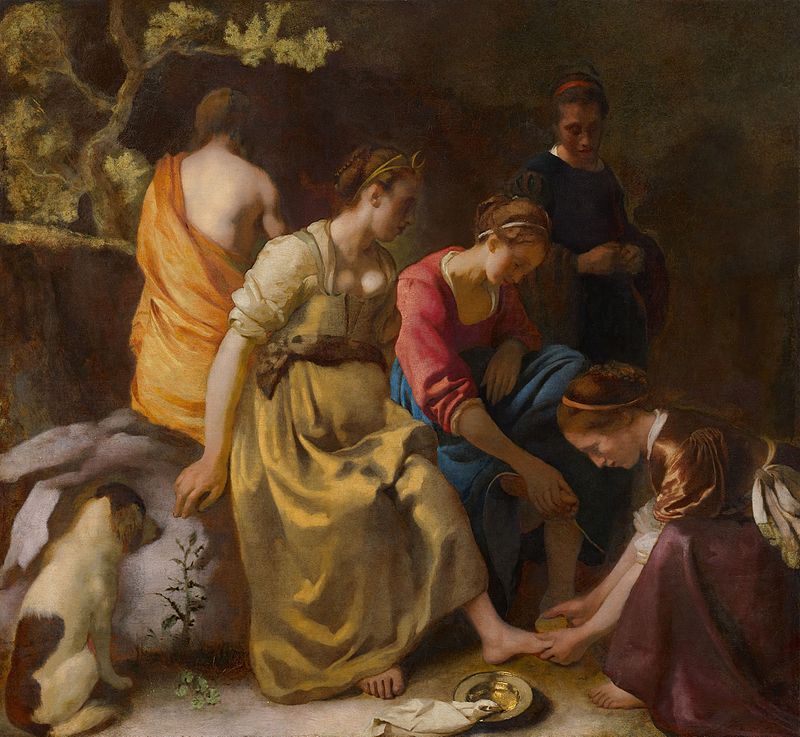In the lives of most women, everything, even the greatest sorrow, resolves itself into a question of 'trying-on.'
This is interesting as it contrasts so strongly with the narrator's mother's grief towards the grandmother dying. In comparison to the Narrator's reaction to the grandmother's death, his mother's seems far more genuine and less superficial. When M. de Guermantes shows up as the grandmother is in her last hours the narrator feels obliged to play the role of the host whereas his mother ignores him. Thus the mother is less focused on appearances. This seems as evidence against the idea of women as more superficial and so begs the question of whether Proust or the narrator believes this claim.
